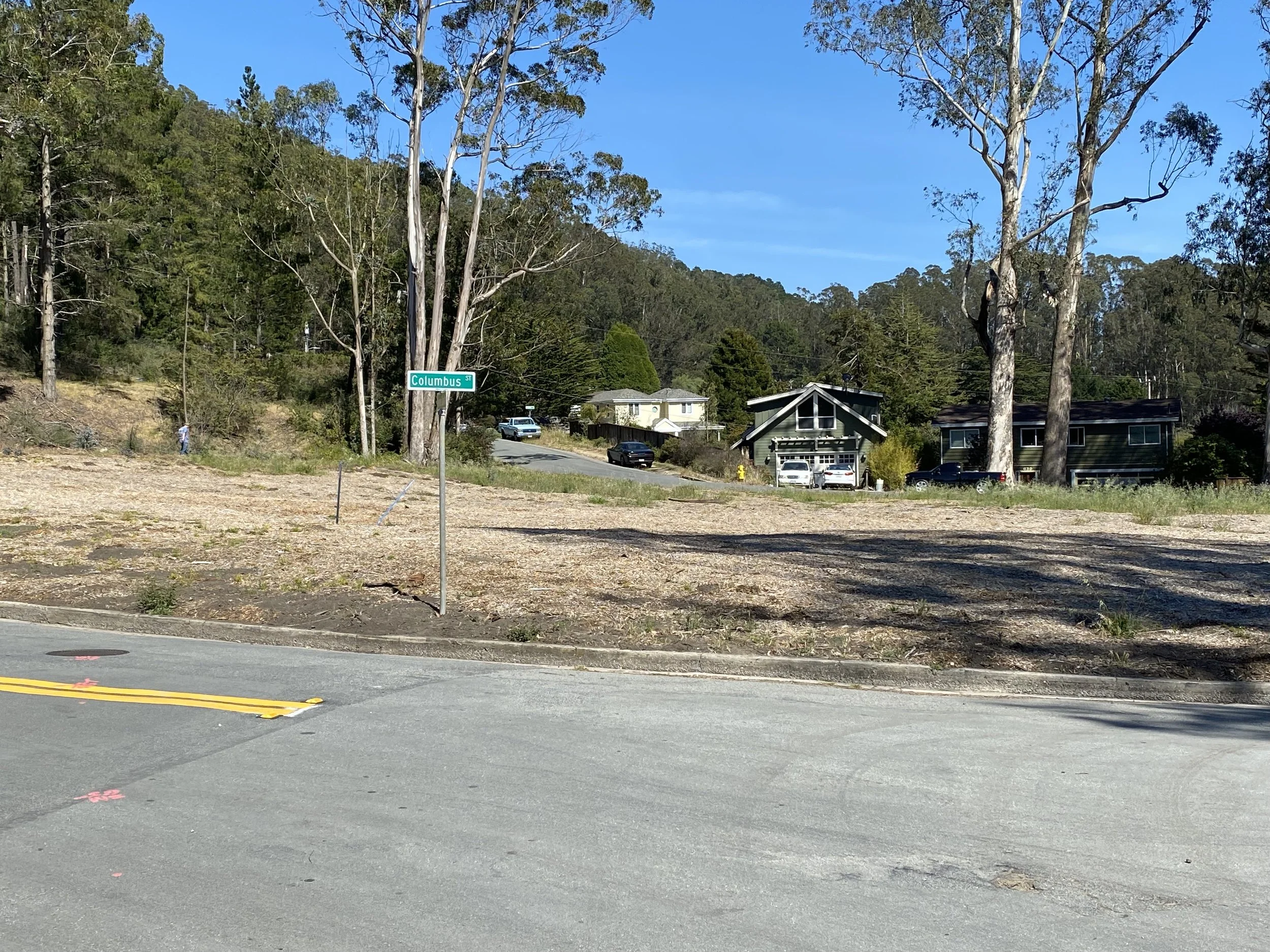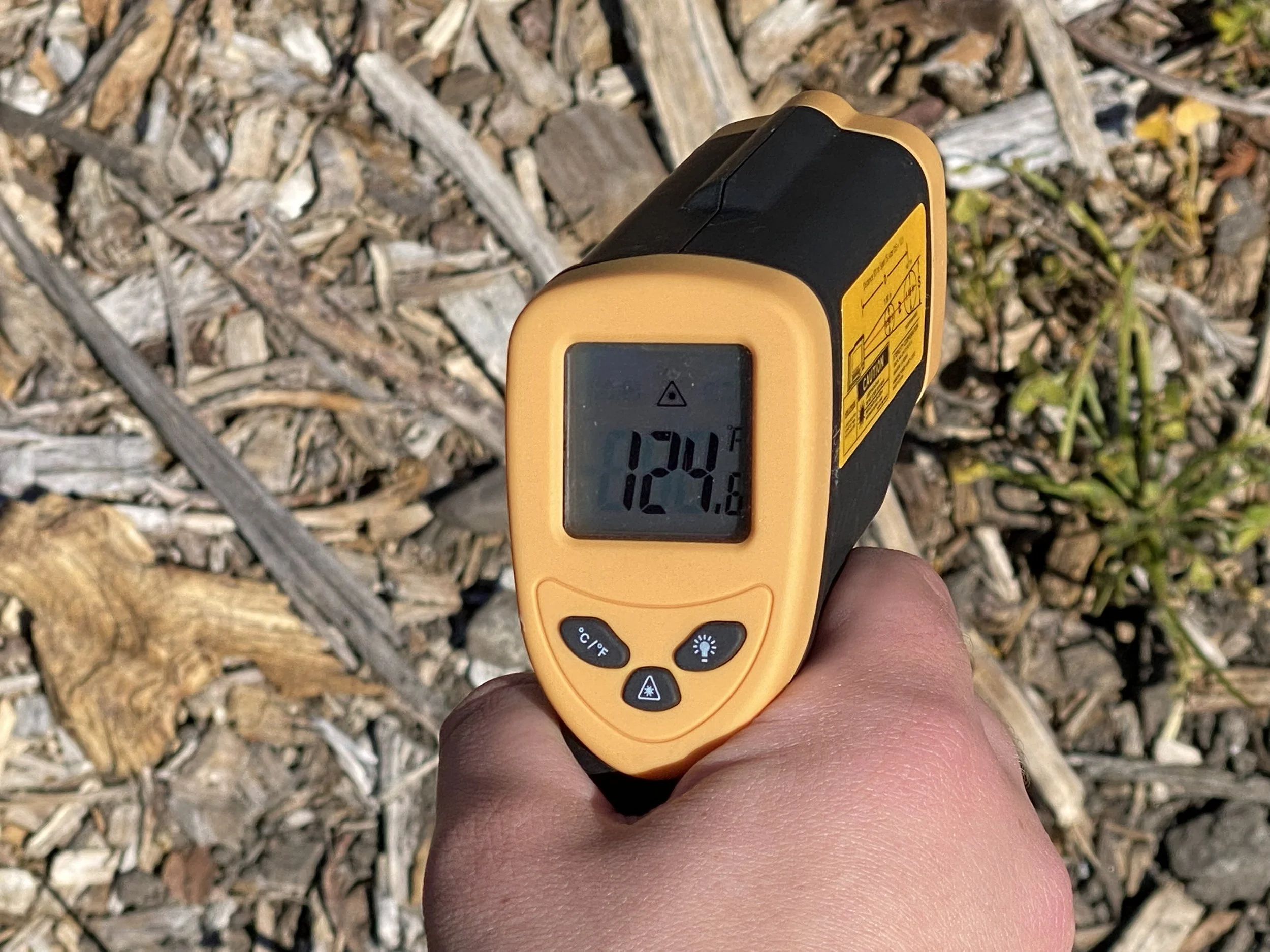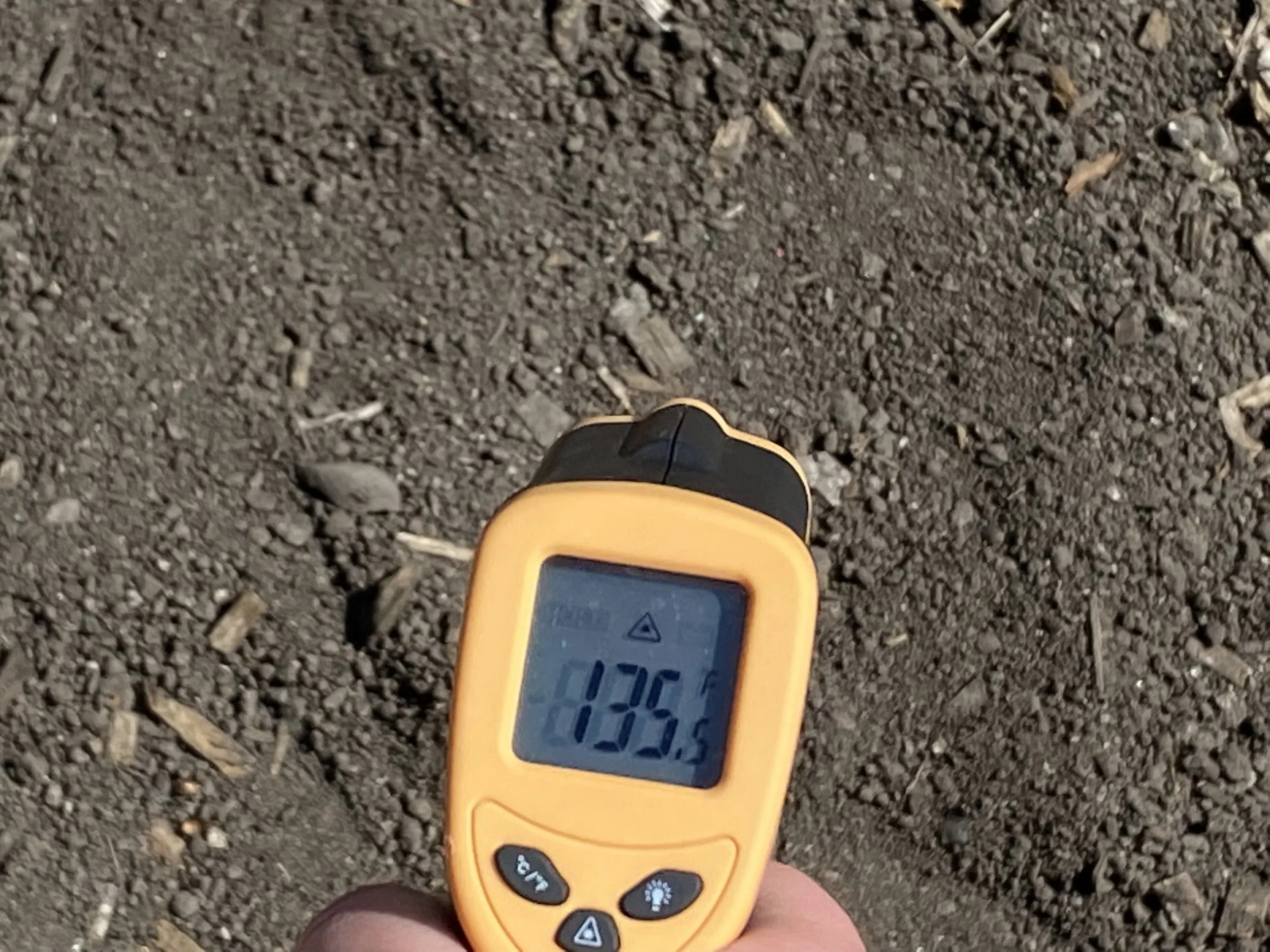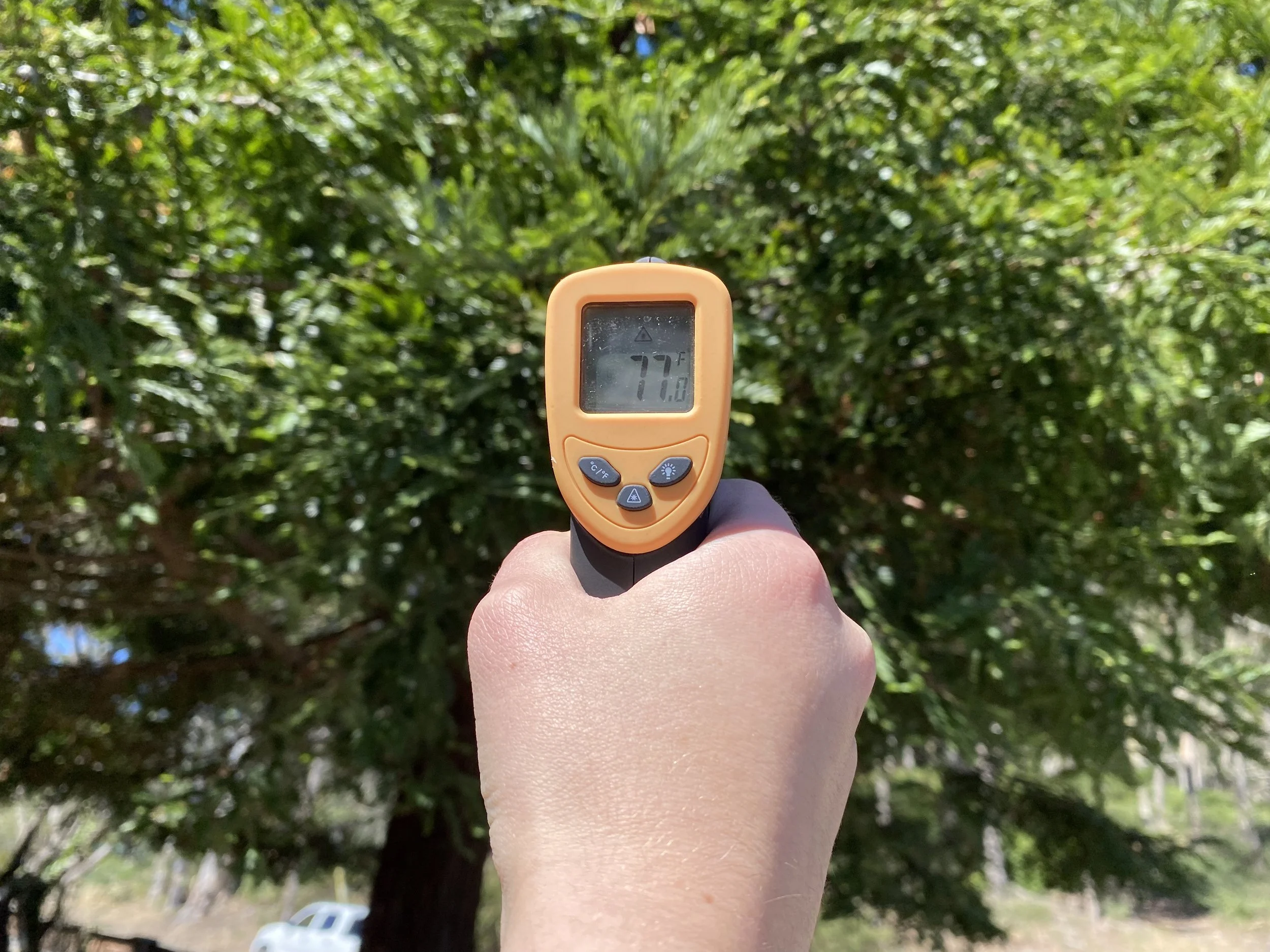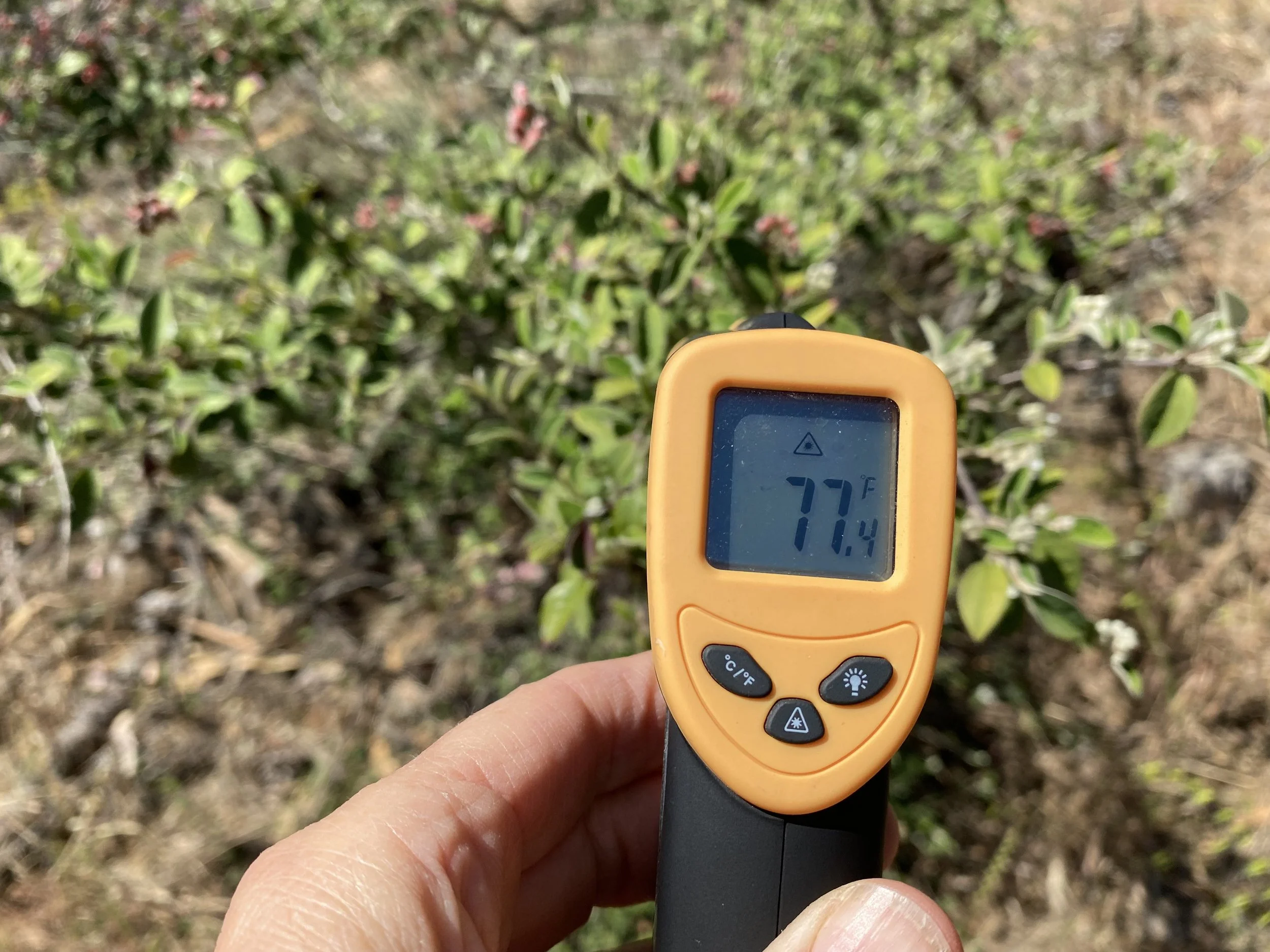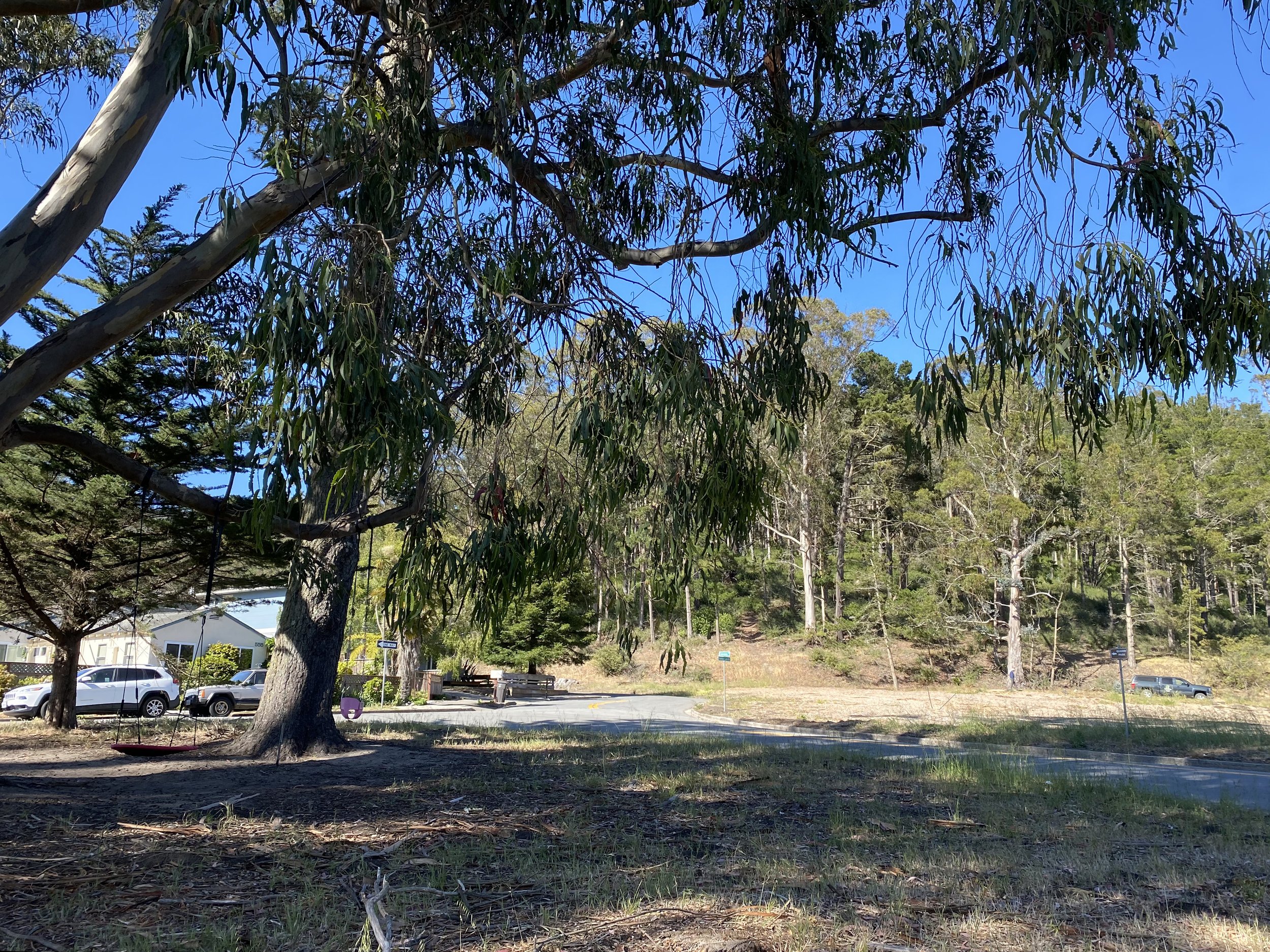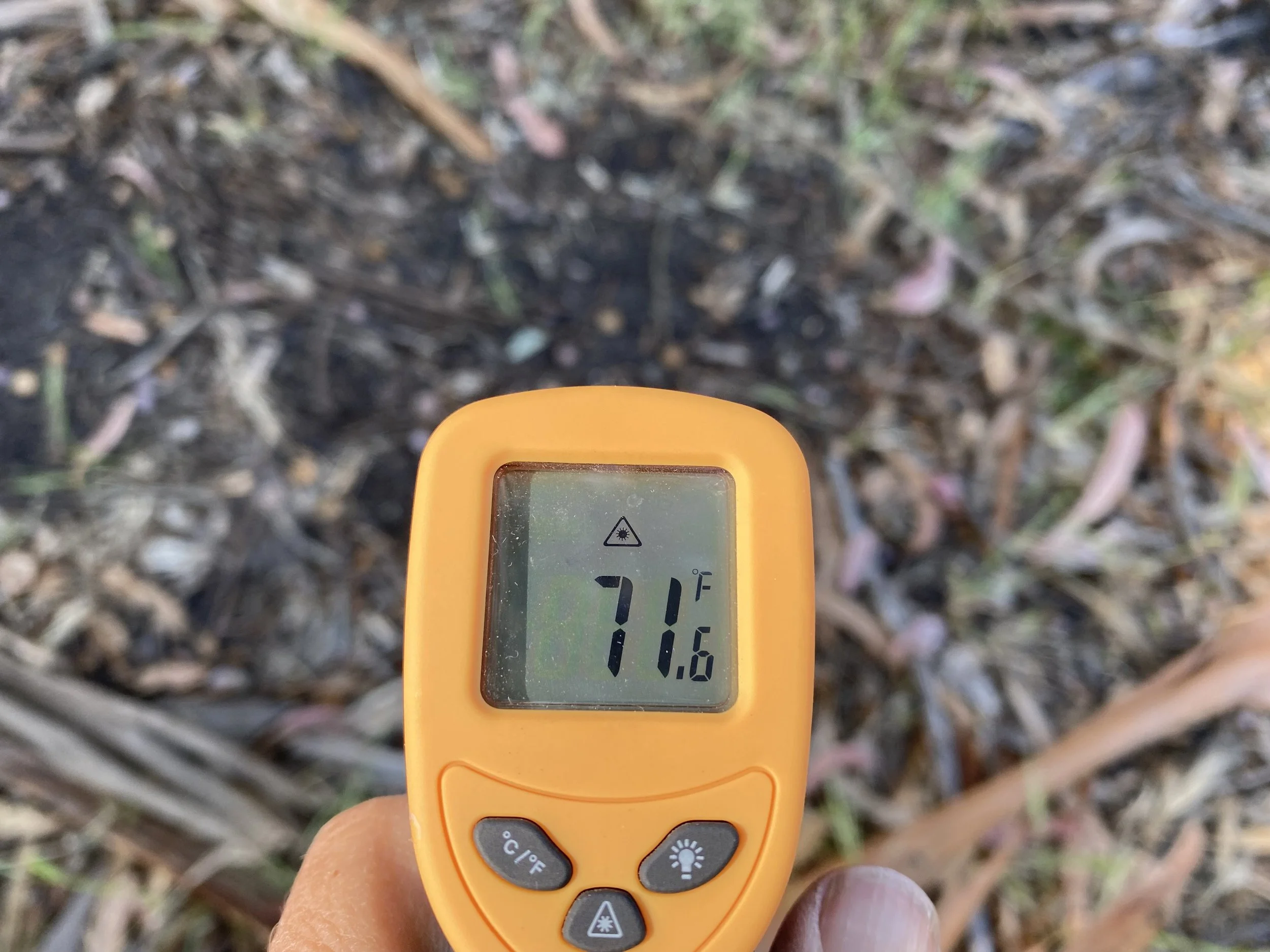Trees do this:
cool the earth when they breathe out oxygen and water (evapotranspiration).
root structure holds soil in place to prevent erosion and flooding.
roots absorb water and reduce flooding
capture carbon from CO2 greenhouse gas and store it in the tree and the soil
Microbes from their leaves seed the clouds for local rain cycles
The Power of Trees & Soil Capturing Carbon and Cooling the Planet
“Trees are without a doubt, the best carbon capture technology on land in the world.”
How does healthy soil help capture green house gas?
Carbon Dioxide (CO2)is Green house gas. All Plants capture it and store it in their bodies and send it into the soil as well. This is why trees are so important. They capture the largest quantities of CO2 of all plants.
When we cut trees and plants down, CO2 is released back into the air as green house gas.
When soil becomes unhealthy, dry or bare, it releases CO2 and water back into the air. This is why it is so important to keep soil covered with plants. If not plants, keeping soil covered with mulch, hay, or even rocks helps prevent evaporation of water.
We want to keep water in the soil so plants can thrive especially during drought. Plants need less water when they are surrounded by other plants or covered soil, such as mulch or wood chips. Plants surrounded by dry soil require much more water. Watch Soil Story Video on our Nature Video page to learn more.
Trees also capture water from the air through leaves and soil and store it in their bodies. Did you know Eucalyptus trees are made of about 70% water?
Trees also evapotranspire moisture back into the air which creates a cooling effect all around them. Learn more here.
Watch the video, Plants Are Cool, which shows remarkable evidence of plants cooling the air:
We Can’t Save The Climate Without Saving Trees! Scientists agree: Preserving forests is critical to combating climate change.
It is vital that we preserve as many trees as possible and replant when cutting is necessary or when trees fall.
More Information on Trees and Other Plants Capturing Carbon
>>> Trees capture more carbon than any other plants on land. How much? "A typical hardwood tree can absorb as much as 48 pounds of carbon dioxide per year. This means it will sequester approximately 1 ton of carbon dioxide by the time it reaches 40 years old."
>>> Trees help tackle climate change.
>>> City Trees and Soil Are Sucking More Carbon Out of the Atmosphere Than Previously Thought. Researchers found that trees and soils on the outermost edge of forests may have a role in fighting climate change…
>>> Old Trees store more carbon more quickly than younger trees. Older trees are very important to forests capturing more carbon.
>>> Seaweed plays a crucial role in the ocean’s ability to absorb greenhouse gases. A type of seaweed known as kelp is being developed for its nutritional value and its ability to absorb and lock away huge quantities of carbon dioxide.
Local Test of How Our Median Trees Keep the Ground Cool!
Clear Cut Area vs Eucalyptus Medians
Using a temperature gun, the soil and wood chips were measured and compared to the trees in the sunshine and trees in the shade, including those in medians. This test was done to show how plant evapotranspiration keeps the ground cool, keeps our neighborhoods cool, keeps ourselves cool and keeps the planet cool. Without plant life, everything heats up!
Temperature in El Granada on day of the test in May 2022.
Temperatures were taken on the 2021 clear cut median on Avenue Cabrillo and Columbus Street and the surrounding area in El Granada, CA.
The temperature of the paved street (hardscape) - 134.9 degrees Farenheit.
The temperature on the wood chips on the clear cut median - 124.6 degrees Fahrenheit.
The temperature of soil with no replanting on the clear cut median - 135.5 degrees Fahrenheit.
The temperature of a nearby tree in the sunshine - 77.0 degrees Fahrenheit.
The temperature of a nearby bush in the sunshine - 77.4 degrees Fahrenheit.
Why is there almost a 50-60 degree difference between the plants and the bare soil and wood chips? This is a great example that demonstrates the evapotranspiration cooling effect of plants. We want and need plant life all around us.
Eucalyptus shade in the same area where the next measurements were taken.
The temperature of a eucalyptus leaf on the tree in the shade - 68.1 degrees Fahrenheit.
The temperature of the ground in the same shaded area under the eucalyptus trees - 71.6 degrees Fahrenheit.
The clearcut areas easily become a heat island without plants. Buildings, concrete and asphalt are also heat islands. During climate crisis, this is why we need more trees and plants and less deforestation and hardscaping - to keep everything cooler!

